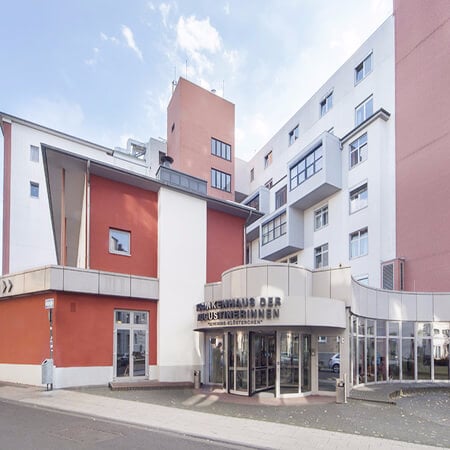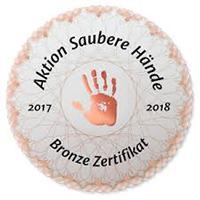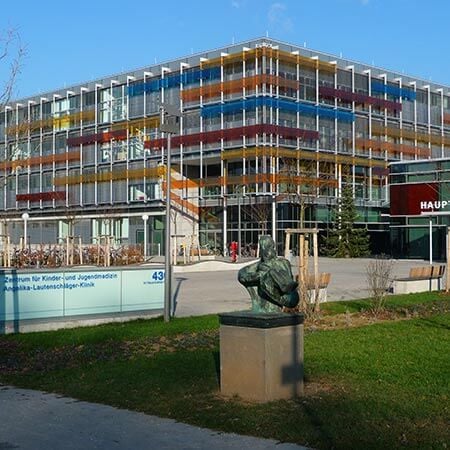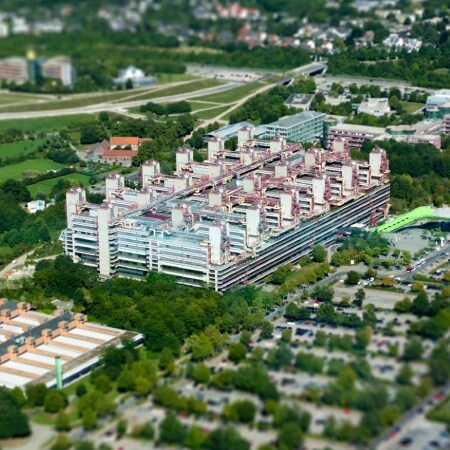About the disease
Sarcoidosis is an overall inflammation of the body, but mainly affects the lungs and lymph nodes. This disease arises when granulomas, which are typically produced in response to infection, cause nodules to form in certain parts of the body, leading to inflammation of the surrounding tissue.
This disease causes joint pain and enlargement of the lymph nodes near the neck and lungs. Overall, the dynamics of sarcoidosis are individual for each patient. In some cases, the onset of the disease is sudden, while in others there may be no visible symptoms as inflammation of the inner organs progresses.
Sarcoidosis usually affects adolescents and people between 20 to 40 years of age and is significantly more symptomatic in African Americans. According to WebMD, 4 out of 10,000 people have been diagnosed with sarcoidosis in the United States of America.
Although it is believed that sarcoidosis is an autoimmune disease, the exact cause of this condition has not yet been identified and there is no definite cure. However, in most cases, sarcoidosis clears up on its own after a period of time. It is even possible for someone to have had sarcoidosis without realizing it, as it can go by without any manifestations. Should someone experience symptoms, however, these may be alleviated by certain medicines. The patient should be observed by a doctor regularly, to avoid serious damage to their respiratory function and to ensure their mobility is not diminished.
Symptoms
- Red patches on the skin
- Dry cough
- Fatigue
- Joint pain
- Hoarseness
- Shortness of breath
- Red eyes
- Enlarged lymph nodes
- Weight Loss
- Lack of energy
Diagnosis
- In most cases there is no definite way to diagnose sarcoidosis. Doctors often need to rule out all other possible diseases and infections before giving a definite diagnosis.
- During a general examination, the doctor will feel the lymph nodes to see if they are enlarged and will ask the patient to breathe deeply to determine whether the respiratory function has been affected.
- An X-ray of the chest can determine whether the lymph nodes have been affected. In cases of sarcoidosis, the image of the chest can sometimes be cloudy.
- A CT scan of the lungs can determine whether or not they are infected.
- A bronchoscope is used to acquire a small sample of lung cells. This is then examined to see if it contains granulomas (a collection of inflammatory cells).
Treatment
- Conservative treatment, such as prescribed corticosteroids and other anti-inflammatory drugs, can alleviate the symptoms of joint pain and overall fatigue.
- The patient also needs to drink plenty of water and refrain from smoking.
Authors: Dr. Nadezhda Ivanisova, Dr. Sergey Pashchenko



















